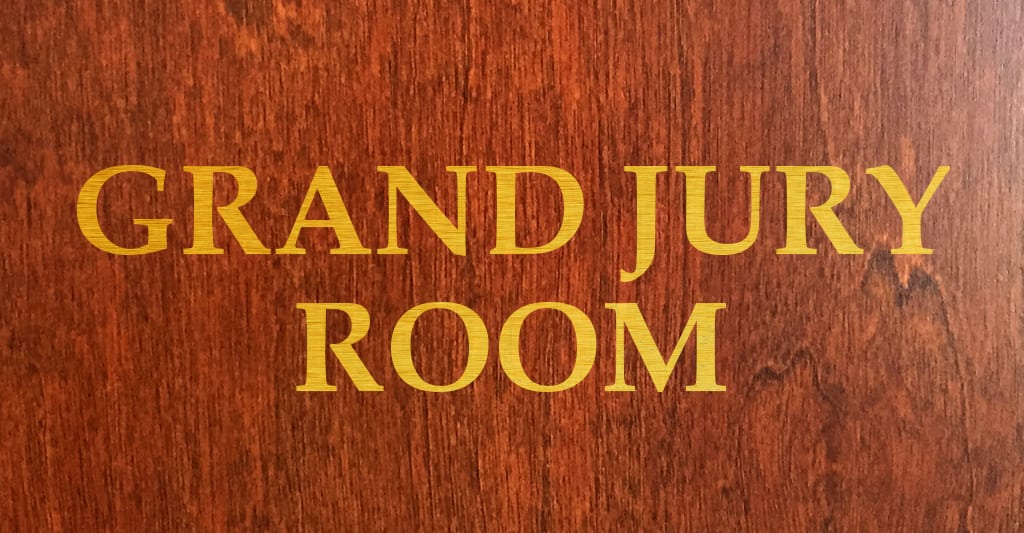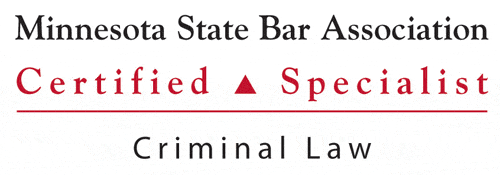
What is a grand jury and how do they work in Minnesota? Grand juries are a group of randomly selected people from the community who are summoned to court, sworn in, instructed by a judge, and advised by either the County Attorney or an Assistant County Attorney (Minnesota county prosecutors who are sometimes called “District Attorneys” in other states). The purpose of a grand jury is to hear evidence concerning serious felonies (usually homicides) and to decide whether there is probable cause to believe that the accused has committed a crime. Members of a grand Jury do not decide the guilt or innocence of the accused. Probable cause is not the same as proof beyond a reasonable doubt. Instead, probable cause is merely enough reasonable evidence to support an arrest or criminal charge. If a grand jury believes there is enough evidence presented to support probable cause to charge the accused, it writes “true bill” on the indictment – this is basically an endorsement of the prosecutor’s charges against the accused. If a grand jury does not believe there is enough probable cause and fails to return an indictment, it writes “no-bill” on the indictment.
Which Cases Go To the Grand Jury?
Whether an accused can be charged in certain criminal cases can only be decided by a grand jury – such as crimes punishable by death or life imprisonment (although Minnesota does not have a death penalty statute). The most common, or at least most discussed, grand jury cases are First Degree Murder charges. A prosecutor can submit other cases to a grand jury for public policy reasons such as cases where a police officer causes a death while in the line of duty. In Minnesota, all crimes punishable by life imprisonment or any homicide case where the prosecutor announces his or her intent to present to a grand jury must start within 14 days of the accused’s first court appearance.
Grand Jury Nuts and Bolts
- A grand jury must consist of at least 16 but not more than 23 members. A quorum is at least 16 grand jurors.
- The grand jury may not conduct any business without a quorum present.
- A verbatim record must be made of all testimony taken, evidence received, and of all events occurring before the grand jury.
- Grand jury deliberations are not recorded.
- Only those grand jurors who have heard all the evidence presented in a case can vote during deliberations.
- At least 12 jurors must find probable cause to return a true bill indictment
Judge’s and Prosecutor’s Role
A grand jury is an independent body that controls its own proceedings but the prosecutor, as legal advisor, should guide the grand jury without undermining its independence. The County Attorney appears before the grand jury, presents evidence, questions witnesses, and draws up indictments upon which the grand jury writes true bill or no-bill. The judge instructs the grand jury on what its powers and duties are, the rules for the proceedings, and what kinds of evidence will be presented. The judge also appoints a grand jury foreperson. The accused does not have a right to be present when witnesses testify. However, the accused may chose to waive his or her Fifth Amendment right to remain silent and testify before the grand jury. The accused’s attorney may not participate in the proceedings but may provide advice to the accused.
Keyser Law, P.A. is a criminal defense law firm in Minneapolis, Minnesota. We represent defendants in state and federal court. If you are under investigation by law enforcement for any criminal offense, contact our office at (612) 338-5007 for a case evaluation.





